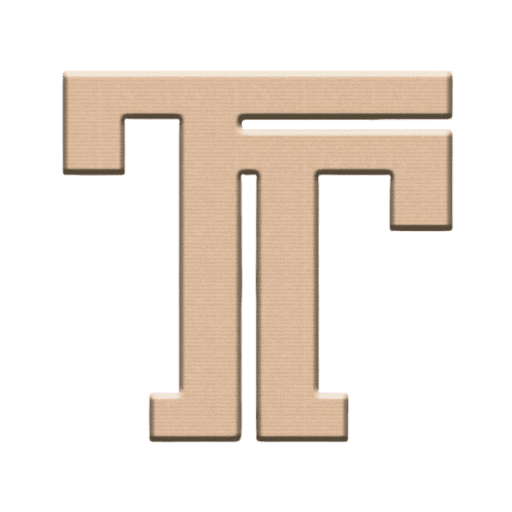Econometrics assignment -ASB3707
2. The word limit for this assignment is 2000 which does not include referencing, tables, figures and equations. Where an assignment exceeds the stated word limit, the following rules will apply:
a. Award a mark that reflects deficiencies in the work as submitted, that is in line with explicit marking criteria and is proportionate to the extent to which the word limit is exceeded or
b. The work will not be marked above the word limit.
6. This assignment contributes to 40% of the overall module grade.
7. Before submitting your assignment, please ensure that it is properly referenced, to guard against accusations of malpractice. Guidance on referencing can be found by clicking on the link below and choosing “Harvard Referencing Guide”
http://www.bangor.ac.uk/library/help/guides.php.en
8. The pdf has to be entitled with the Student ID number of each student of the group. The front/first page of the assignment has to highlight the name and ID of the student.
9. The data provided on the blackboard. Students need to reply the questions demanded in their report depending on the number of group is even or odd ( Like Group 1 is odd)
Additional information on avoiding allegations of malpractice can be found in the Student Handbook.
The copying of material extends to the use of essay mills and AI technology such as ChatGPT. You are reminded that the use of such services to generate work in substitute of your own original contributions contravenes Bangor’s Academic Integrity policy.
Finally, you cannot submit the assignment by yourself if you are assigned with group there is penalty of 50%. To the end, each leader has to submit it with the name of the Group. Like group 1, 2 etc.
You are expected to write the report (aim for 2000 words +-10%) to read, look and feel like a FT article (20% of the marks). The do-file of STATA has to be in the appendix of the report. Groups that numbered with odd number, they are focusing on developing countries. The number of groups with even number are focusing on developed countries. For instance Group 1 is focusing on developing countries. ( To help: (https://datahelpdesk.worldbank.org/knowledgebase/articles/906519). The variables are taken from https://www.rug.nl/ggdc/productivity/pwt/?lang=en.
The report has to answer the following questions and data provided in Blackboard:
The Solow model predicts that growth rates depend on the starting level of GDP, the population
In the following equation that:
growthi = α + β1popi + εi
Obtain estimates of the OLS estimators α and β for the regression only for the developed
(developing) countries if your ID number is odd (even) for the year 2010.
The growth rate is calculated as the average growth rate of real GDP ratio between 1970-
2015. All variables are in natural logs. See the variables definition below.
2) Add the variable investment and the GDP per capita of the year 1970 in your model and estimate it again.
Comment on the sign and significance of all the coefficient estimates. Outline the economic
intuition underlying your results. Are they consistent with empirical literature? Explain.
3) For each of the following questions formulate a null hypothesis and test your equation:
. • population is the only determinant of growth
• The relationship between the investment and economic growth is equal to 0.3
• GDP in 1970 and population have the same effect on economic growth.
4) After investigating the related empirical literature, add an extra variable from the dataset
that you have not used in your model. What are the estimates? Are they line in it?
5) Test for Heteroskedastisity. If it is present, correct it.
6) Divide the countries of your sample in regions/continents. Estimate your model adding the
continents’ variable in the model. Do you find any differences? Explain.
7) Interact the continent dummies with the variable investment. Comment and Interpret the coefficients.
8) Discuss whether endogeneity issues are present. If yes, how you can solve them, discuss using the existing literature.
9) Run your model including all the years from 1970 to 2019. Illustrate and discuss the model
and the suitable estimation method you used. Do you find any different estimates from the question (2)? Explain.
10) Generate a dummy for capturing COVID-19 for the period 1970-2022. Then run regressions with Pooled OLS, Fixed effects model and random effect model. Discuss the results and which is the most appropriate model?
variable name
——————————————————————————-
countrycode 3-letter ISO country code
country Country name
year Year
emp Number of persons engaged (imillions)
hc Human capital index, see note hc
ccon Real consumption of households
and government, at current PPPs
(in mil. 2017US$)
cgdpe Expenditure-side real GDP at
current PPPs (in mil. 2017US$)
cn Capital stock at current PPPs (in
mil. 2017US$)
rgdpna Real GDP at constant national prices (in mil.
2017US$)
labsh Share of labour compensation in GDP at current national prices
csh_c Share of household consumption current PPPs
csh_i Share of gross capital formation at current PPPs
csh_g Share of government consumption at current PPPs
csh_m Share of merchandise imports at current PPPs
isocode
POP Population (in thousands), unit:thousands
XRAT Exchange Rate to US$,unit national currency units per US dollar
GDP PPP Converted GDP Per Capita method, at current prices (in
I$), unit: Inter
consumption_share Consumption Share of PPP Converted GDP Per Capita at
current prices [cgdp], (%),
Government_co~o Government Consumption Share of
PPP Converted GDP Per Capita at
current prices [
openc Openness at Current Prices (%),
unit: %
investment Investment Share of PPP Converted GDP Per Capita at 2005 constant
prices [rgdpl]
logGDP Logarithm of GDP
growth growth rate 1970-2020
logpop Logarithm population
popgrowth population growth
popgrowth1970 average population
logGDP1970 logarithm GDP 1970

![[SOLVED] Econometrics assignment -ASB3707 Matlab](https://assignmentchef.com/wp-content/uploads/2022/08/downloadzip.jpg)

![[SOLVED] Geography 210 Geographic Perspectives on Earth System Science Assignment 5 Statistics](https://assignmentchef.com/wp-content/uploads/2022/08/downloadzip-1200x1200.jpg)

Reviews
There are no reviews yet.